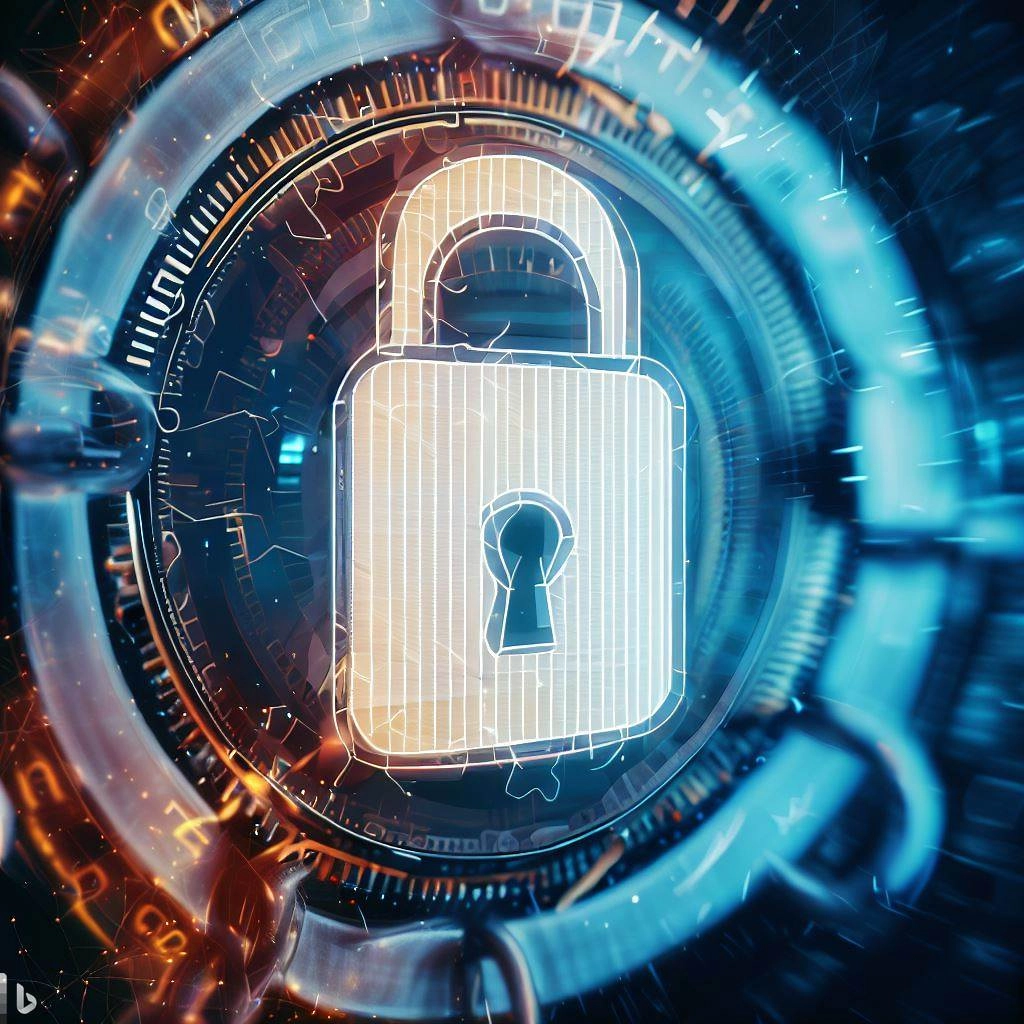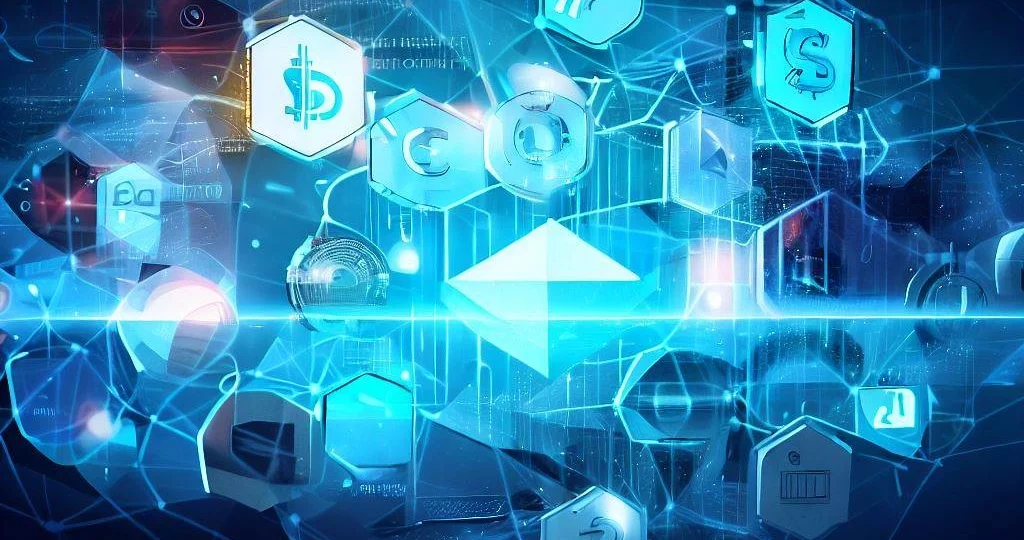Introduction:
Welcome to NextechPulse, your ultimate source for staying at the forefront of technological innovation! In the ever-evolving landscape of blockchain technology, 2023 promises to be a year of remarkable advancements and transformative trends. In this article, we will dive deep into the latest blockchain technology updates that are shaping the landscape this year.
From the explosive growth of decentralized finance (DeFi) to the evolution of non-fungible tokens (NFTs) and their profound impact on the art world, we’ll explore the pivotal developments that you need to know. Additionally, we’ll delve into the world of interoperability solutions, enhanced security measures, and the growing importance of environmental sustainability in blockchain mining.
Stay tuned as we unveil the top 5 blockchain trends of 2023, providing you with insights that will not only keep you informed but also empower you to make informed decisions in this dynamic and rapidly changing field. Let’s embark on this exciting journey together, as we navigate the cutting edge of blockchain innovation.
1. Blockchain Trends : The Rise of Decentralized Finance (DeFi)
Decentralized Finance, or DeFi for short, is revolutionizing the traditional financial landscape. In 2023, it’s one of the hottest trends in the blockchain world, and here’s why it matters to you.
What Is DeFi?
DeFi is like a new-age financial playground. Instead of relying on banks or intermediaries, it uses blockchain technology to create financial services that are open to anyone with an internet connection. This means you can do things like borrowing, lending, trading, and earning interest without needing a bank account.
Why It’s Trending in 2023
DeFi has been around for a few years, but it’s gaining serious momentum in 2023. People are excited because it offers a more inclusive and transparent financial system. Plus, it often provides better returns on savings and investments compared to traditional banks.
The Benefits of DeFi
One of the big benefits of DeFi is that it’s permissionless. That means you don’t need permission from anyone to use it – no banks, no credit checks, no paperwork. All you need is an internet connection and the right software.
Yield Farming and Staking
Two popular DeFi practices are yield farming and staking. Yield farming involves lending your cryptocurrency to earn rewards. Staking, on the other hand, means locking up your cryptocurrency to help secure the blockchain network, and you get rewarded for your contribution.
Challenges and Risks
However, DeFi isn’t all sunshine and rainbows. It’s a relatively new and experimental space, so there are risks involved. Smart contracts, which power many DeFi applications, can have bugs or vulnerabilities that hackers can exploit.
Regulatory Uncertainty
Regulations around DeFi are still evolving, and this can be a bit of a wild west. Some countries are embracing it, while others are skeptical and are considering regulations. It’s essential to stay informed about the legal implications of your DeFi activities.
2. Blockchain Trends : NFT Evolution and its Impact on the Art World
In 2023, we are witnessing a remarkable evolution in Non-Fungible Tokens (NFTs), and these digital assets are causing a seismic shift in the art world.
Understanding NFTs
NFTs are like certificates of ownership for digital or physical items. They use blockchain technology to verify that a particular piece of art or collectible is authentic and unique. Unlike cryptocurrencies, each NFT is one-of-a-kind.
The Art World Embraces NFTs
Artists and creators worldwide are flocking to NFT platforms to sell their work directly to collectors, bypassing traditional galleries and auction houses. This democratizes the art world, giving artists more control over their creations and earnings.
Unique Ownership and Provenance
NFTs provide undeniable proof of ownership and provenance, which is a fancy word for the history of a piece of art. This means artists can ensure their work is never copied without permission, and buyers can verify its authenticity.
Unlocking New Possibilities
NFTs aren’t just about static digital images. They can represent music, videos, virtual real estate, and even experiences. For example, you can own a concert ticket as an NFT and attend the show in virtual reality.
Challenges and Controversies
Despite their potential, NFTs have faced criticism for their environmental impact due to the energy-intensive blockchain networks they often rely on. Additionally, there have been instances of plagiarism and copyright issues.
Investment and Speculation
NFTs have become a hot topic for investors. Some NFTs have sold for millions, creating a speculative bubble in the market. It’s crucial to approach NFTs with caution and not invest more than you can afford to lose.
3. Blockchain Trends : Interoperability Solutions for Seamless Blockchain Integration
In 2023, blockchain technology is moving towards greater interoperability, allowing different blockchains to work together more seamlessly.
What Is Interoperability?
Interoperability means that various blockchain networks can understand and communicate with each other. Imagine it like different languages, and interoperability acts as a universal translator.
The Need for Interoperability
Currently, many blockchains operate in isolation. This makes it challenging for them to share data or work together on complex tasks like cross-border payments or supply chain tracking.
Cross-Chain Communication
Interoperability solutions are breaking down these barriers. They enable different blockchains to talk to each other and exchange information, making it easier to use blockchain for various applications.
Use Cases for Interoperability
One exciting use case is decentralized finance (DeFi). With interoperability, you could use assets from one blockchain on a DeFi platform built on another blockchain, opening up new opportunities for users.
Challenges and Progress
However, achieving full interoperability is not without challenges. Different blockchains have varying technical standards, and security is a paramount concern when connecting them.
The Role of Cross-Chain Projects
Numerous projects are working on interoperability solutions. Polkadot and Cosmos, for example, aim to create a network of blockchains that can communicate with each other, fostering a more connected blockchain ecosystem.
4. Blockchain Trends : Enhanced Security Measures with Blockchain Technology

In 2023, blockchain technology is not just about innovation; it’s also about bolstering security in various sectors.
Blockchain’s Security Edge
Blockchain’s security strength lies in its immutability. Once data is recorded on a blockchain, it’s incredibly hard for anyone to alter or tamper with it.
Supply Chain Security
One crucial area where enhanced security measures matter is supply chain management. Blockchain can provide an unbreakable chain of custody for goods, ensuring authenticity and preventing counterfeiting.
Identity Verification
Blockchain can also be used for secure identity verification. Instead of relying on centralized databases, your personal information can be stored in a tamper-proof way, giving you more control.
Data Protection and Privacy
With data breaches becoming more common, blockchain’s encryption methods can offer robust data protection and safeguard sensitive information.
Smart Contracts for Security
Smart contracts, self-executing agreements on the blockchain, can automate many processes, reducing the risk of human error and fraud.
Challenges and Trust
While blockchain enhances security, it’s not entirely immune to attacks. Trust in the underlying technology and its implementation is crucial.
Government and Enterprise Adoption
Governments and large enterprises are increasingly turning to blockchain for secure record-keeping and transactions, boosting the technology’s credibility.
5. Blockchain Trends : Environmental Sustainability in Blockchain Mining
In 2023, the blockchain community is becoming increasingly conscious of the environmental impact of cryptocurrency mining.
Mining’s Energy Appetite
Cryptocurrency mining, particularly for Bitcoin, is energy-intensive. Miners use powerful computers to solve complex mathematical problems, consuming a significant amount of electricity.
The Carbon Footprint Concern
This energy consumption has raised concerns about carbon emissions and the environmental impact. Bitcoin mining alone has a carbon footprint comparable to some countries.
Green Mining Solutions
To address these concerns, many blockchain projects are shifting towards greener alternatives. Some are exploring renewable energy sources like wind and solar to power mining operations.
Proof of Stake (PoS)
Another solution gaining traction is the shift from the traditional Proof of Work (PoW) consensus mechanism to Proof of Stake (PoS). PoS consumes significantly less energy.
Reducing E-Waste
Blockchain companies are also working on recycling and repurposing old mining hardware to reduce electronic waste, contributing to a more sustainable industry.
Regulatory Pressure and Accountability
Environmental concerns have led to regulatory scrutiny. Some countries are considering regulations that encourage or mandate eco-friendly mining practices.
Closing:
In conclusion, as we’ve explored the top five blockchain trends shaping 2023, it’s evident that blockchain technology continues to evolve and impact various aspects of our lives. From the rise of decentralized finance (DeFi) to the transformative potential of Non-Fungible Tokens (NFTs), and the pursuit of greater interoperability, enhanced security measures, and environmental sustainability, the blockchain ecosystem is thriving with innovation and possibilities.
As we move forward, it’s crucial to stay informed about these trends and their implications. Whether you’re an investor, an artist, a business owner, or simply someone interested in the future of technology, blockchain’s influence is undeniable.
While these trends offer immense promise, they also come with challenges and responsibilities. It’s essential to approach blockchain with a well-informed and cautious mindset, recognizing both its potential and limitations.
The world of blockchain is dynamic, and it will continue to evolve in the years to come. Embracing these trends responsibly and thoughtfully can lead us towards a more inclusive, secure, and sustainable digital future. Stay tuned to NextechPulse for the latest updates on these trends and more, as we journey together through the ever-expanding world of technology and innovation.




